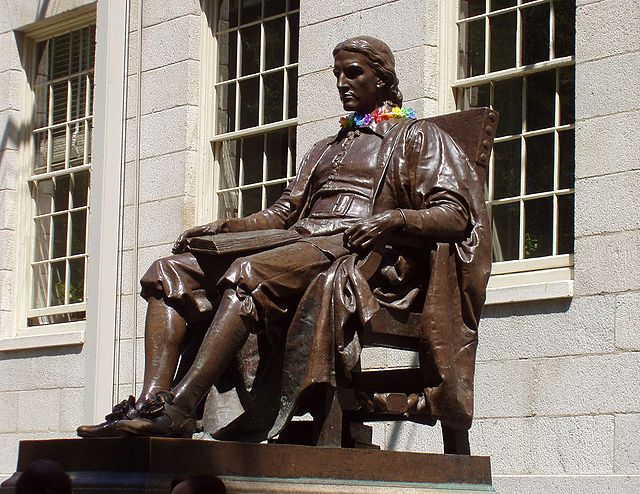
In 1954 and 1955, the United States Supreme Court reached a unanimous decision in several consolidated cases, “declaring the fundamental principle that racial discrimination in public education is unconstitutional . . .” (Brown v. Bd. of Educ., 347 U.S. 483 (1954); and Brown v. Bd. of Educ., 349 U.S. 294, 298 (1955) (“Brown II”)). In what is among the most important decisions ever reached by our nation’s highest court, the justices countenanced no exceptions: “All provisions of federal, state, or local law requiring or permitting such discrimination must yield to this principle.”1
Fast forward six years after Brown II. The phrase “affirmative action” first appears in an executive order issued by a freshly inaugurated president. The context in which the phrase was invoked was not in the least ambiguous:
WHEREAS discrimination because of race, creed, color, or national origin is contrary to the Constitutional principles and policies of the United States; . . . the [federal] contractor will take affirmative action to ensure that applicants are employed, and that employees are treated during employment, without regard to their race, creed, color, or national origin. (Presidential Executive Order 10925, signed by President John F. Kennedy on March 6, 1961) (emphasis added)...
To read more visit Minding The Campus.
Equal treatment for all, and not pandering preferential treatment for some is what the Constitution mandates. Discrimination is not allowed. Merit and qualifications should be the standard, and especially in our service academies.